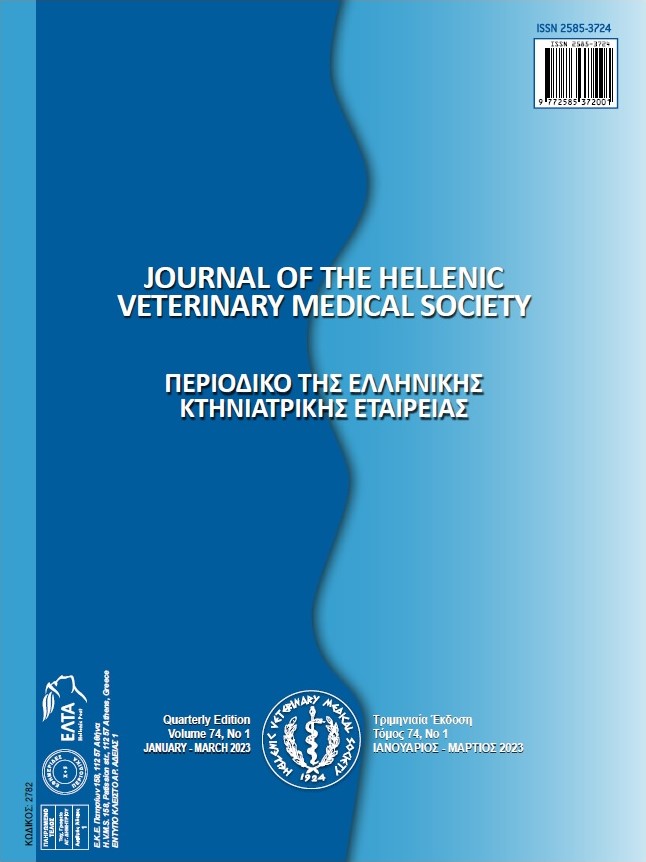When used in animals, a neem (Azadirachta indica)-based ectoparasiticide performs better than a synthetic one

Abstract
Finding alternate ways to relieve animals from the ectoparasites is one of the most important aspects under One-Health concept. Herbal ectoparasiticides offer a promising alternate to chemical ectoparasiticides. The present study was designed to evaluate the ectoparasiticide efficacy of Nimboliâ (Neem: Azadirachta indica extract) in various animal species, keeping in view the objectives of One-Health. The ectoparasiticide efficacy of Nimboliâ was also compared with a commercial chemical ectoparasiticide Tagafon (Hydroxyethyl Phosporic Acid). Various animals infested with ticks, fleas, lice, flies, and maggots and presented at clinics were treated with Nimboliâ(n=36)and Tagafon (n=19). Mean time taken by each ectoparasiticide to knock-down various ectoparasites was recorded. The present study suggested significantly higher efficacy of Nimboliâ against ticks, fleas, lice, flies and maggots as compared with Tagafon. The mean time taken by Nimboli® to knockdown various ectoparasites of same and different kinds and their larvae was also less compared to the mean time taken by Tagafon. The present study indicated that Nimboliâ is an eco-friendly ectoparasiticide that is safe-to-use both for animals and their handlers, hence can replace chemical ectoparasiticides. The present study highlights the importance of herbal ectoparasiticides, especially those containing neem in the treatment and control of ectoparasites in animals. This information have special relevance for countries that have native neem trees such as Sri Lanka, Pakistan, India, Indonesia, Malaysia, Myanmar, Senegal, and Thailand. Since herbal ectoparasiticides are biodegradable, they offer an added advantage of maintaining ecological health.
Article Details
- How to Cite
-
Azeem, S., Akbar, H., Ahmad, L., Ashraf, M., & Puvanendiran, S. (2023). When used in animals, a neem (Azadirachta indica)-based ectoparasiticide performs better than a synthetic one. Journal of the Hellenic Veterinary Medical Society, 73(4), 4833–4840. https://doi.org/10.12681/jhvms.27963
- Issue
- Vol. 73 No. 4 (2022)
- Section
- Research Articles

This work is licensed under a Creative Commons Attribution-NonCommercial 4.0 International License.
Authors who publish with this journal agree to the following terms:
· Authors retain copyright and grant the journal right of first publication with the work simultaneously licensed under a Creative Commons Attribution Non-Commercial License that allows others to share the work with an acknowledgement of the work's authorship and initial publication in this journal.
· Authors are able to enter into separate, additional contractual arrangements for the non-exclusive distribution of the journal's published version of the work (e.g. post it to an institutional repository or publish it in a book), with an acknowledgement of its initial publication in this journal.
· Authors are permitted and encouraged to post their work online (preferably in institutional repositories or on their website) prior to and during the submission process, as it can lead to productive exchanges, as well as earlier and greater citation of published work.




